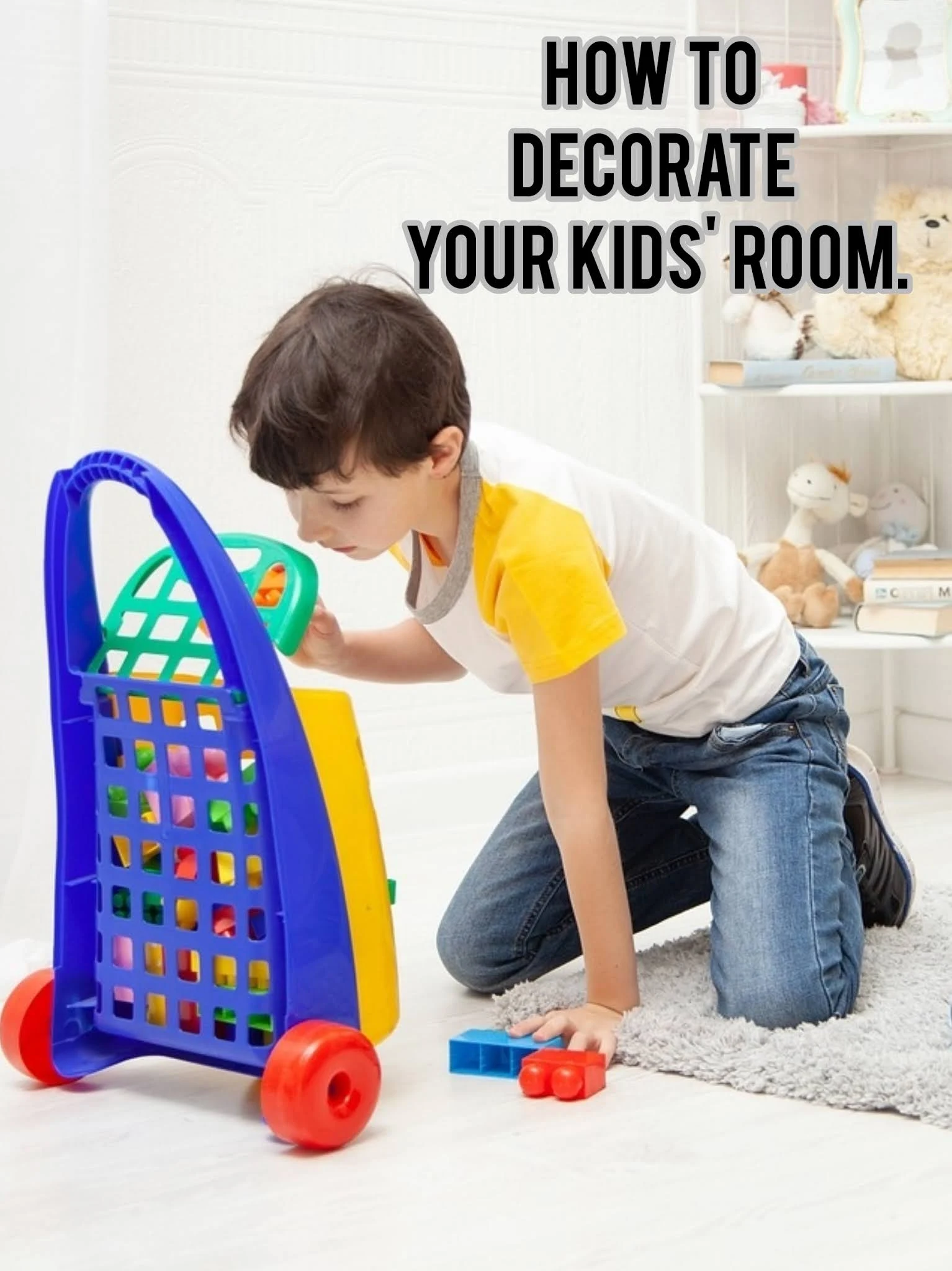This can be a tall order and can be intimidating or stressful for some parents. Thankfully, we are here to help you out with a few thoughtful tips. Without any further ado, this blog post is going to go over a few tips when it comes to decorating your kids’ room.
Find the Right Furniture
The first step to decorating a child’s room is to find the right furniture. Things like the colors of the walls and the art can be changed easily, but you don’t want to constantly be adding and removing furniture from a room. While everyone has their preferences, a child’s room should have a place to store their toys, a place for their clothes, and ample space to play or read.
In addition to these types of furniture, finding the best mattress for kids is still an important part of decorating their room, so don't forget about it. You want to ensure your child can have a comfortable sleep every night, in order to be happy and perform well at school.
Don’t Be Afraid to Get Creative
Designing a children’s room gives you one of the best opportunities to get a little creative and unique. You don’t need to take it as seriously as you might the design of your living room or master bedroom. Look for unique additions that will excite your child and fit the space well.
For example, having a corkboard wall or a giant chalkboard could be a good inclusion, as could a fun bed frame or toy chest. Also, many children like to put things that they have or make on display, so adding some shelves (whether built-in or on the wall) is often a good idea. All in all, let your mind run wild when it comes to designing your children’s room, you never know the cool ideas you will have or products you will find.
Get Their Input
(via https://pixabay.com/photos/child-girl-young-caucasian-1073638/)
Now, it is also important to be reasonable. If your child wants each wall to be a different bright color, you may need to deny the request if it isn’t something you want to do. Especially with how many children change their favorite color frequently.
While some may be willing to go this far, if you aren’t, a nice compromise can be to get pieces of art in the color or style that your child loves. As their tastes inevitably change, you can simply change the art or pictures out without having to repaint the whole room once they outgrow their original color choice.
While you want their room to look good, excite them, and remain functional, you need to ensure that your child's’ room is safe. If they are going to be in there alone, you want to ensure there are no potential threats to their safety or health.
Thankfully, there are several things you can do to ensure the room is safe. The bed should be low, windows should have guards, large furniture should be stable and not prone to tipping, and have night lights to prevent falls. Keep cabinets locked, electrical cords should be secured, and access to any radiator should be blocked.
A good practice is to imagine that you are the size and age of your child. What things could pose a risk? Of course, as the child ages, certain things can be changed or removed as they become more responsible.
We hope the tips and information included in this article have been able to help you decorate your kids’ room.
This mentality needs to stop. It's our child and one person should not be obligated to take care of the child (only if agreed mutually). Some men go as far as telling their wives, partner or baby mama to take the child along even when she needs to go to work while he sits at home doing nothing and even if you are busy at home it is your child, take care of that child, create time because women always find a way around it. Men need to be brought up to understand that babysitting is a two-way duty and should not be done only by the woman, especially if both of you work.
